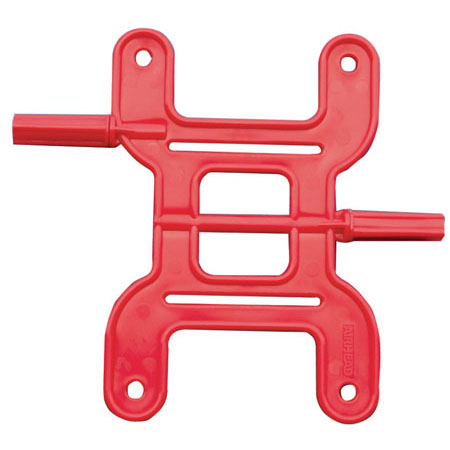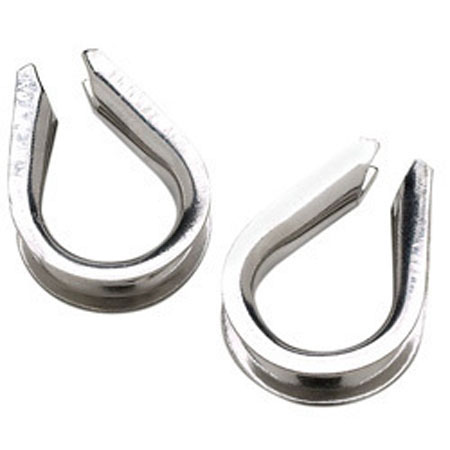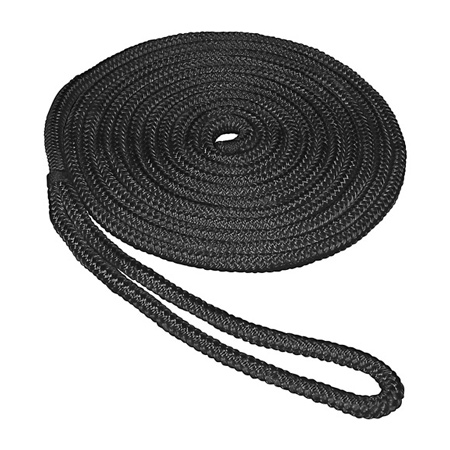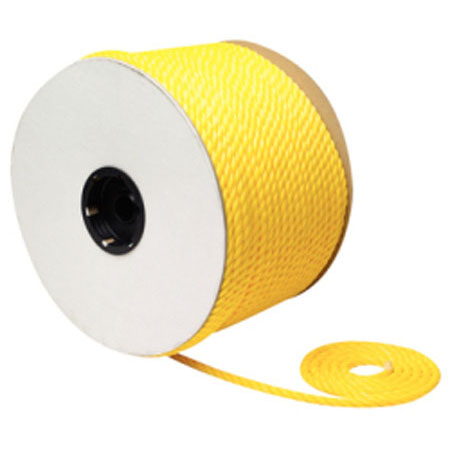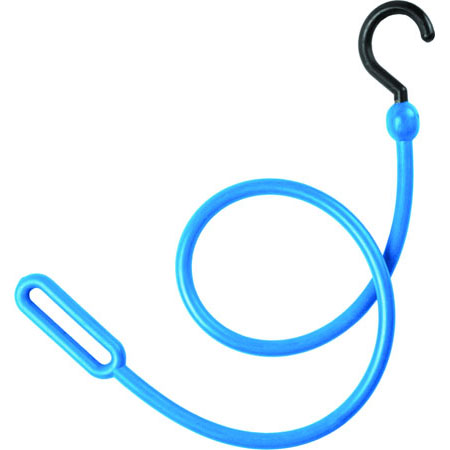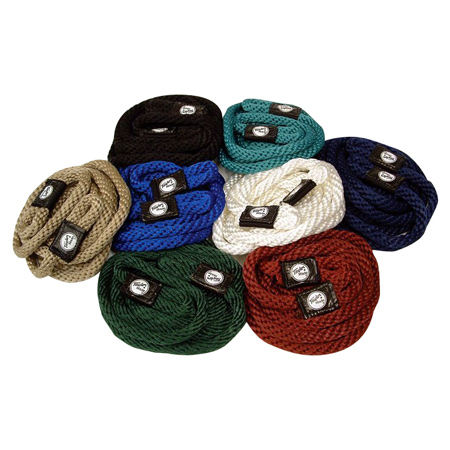Marine Lines, Ropes, & Cordage
About Marine Lines, Ropes, & Cordage
The Different Types And Uses Of Marine Ropes And Dock Lines
It is always important for a boat owner to get familiar with different types of marine ropes and dock lines. In so doing, he will rest easy knowing that the boat is tightly secured at the dock. There are quite a number of ropes (lines) used in boating. They can be classified either by material or the design.
Classification by Material
1. Polyesteris among the most popular type of rope used to dock a vessel. It may also be referred to as Dacron or Terylene. Polyester is very elastic and is resistant against ultra-violet (UV) rays as well as rot. It easily sinks in water and is affordable.
2. Polypropyleneor in short polyprop is more elastic than polyester and floats on water. It may come as Staple spun, mono or multi-filament. It is very versatile and can be used in many applications. Unfortunately, the rope begins to degrade as time goes by due to exposure to UV rays from the sun.
3. Nylonis one of the most elastic types of ropes. It is therefore able to store energy. However, when it snaps it can cause a lot of damage to surrounding objects or even injure people. It starts to fray overtime due to long exposure to the sun.
4. Steel Wireis made from small strands of long wires. It is the strongest of all mooring lines. Usually, it is used to secure very large vessels. Steel wire lines are more prone to rust hence need regular care such as coating with grease.
5. Natural fibersmade up the first ropes. Materials used included sisal, jute, cotton, manila, hemp, coir, silk, leather, linen and more. Natural fiber is not as long-lasting as artificial fibers but is usually more expensive. Nonetheless, they still remain a top choice especially for people concerned with the environment.
Classification by Design
1. Twisted Rope / Laid Ropeis a type of rope consists of several strands of fiber/yarn twisted together. Each strand is also twisted from smaller strands. The strength of the rope will be determined by the number of strands and also the type of fiber used. Twisted rope can further be classified as follows:
- Three-strand/ Plain rope: It consists of three strands.
- Four Strand/ Shroud rope: This line is made from four instead of the usual three strands.
- Multiple strands/ Cable-laid line: The line comprises of more than four strands hence making it quite strong.
2. Braided Lines Braidedropes are mostly associated with modern synthetic fibers. The ropes will also be quite elastic (springy) due to the technique used as well as the artificial fibers. However, not all ropes are springy hence you may also find a rigid line. Braided ropes are categorized in the following manner:
- Solid braid: This line is quite strong and won't start to wear out even after getting cut. Unfortunately, once cut it is quite hard to join.
- No Core Diamond Braid: This is the simplest type of braided line. Since it doesn't have a core, splicing the ropes is quite easy compared to the coreless or solid braid.
- Diamond Braid with core: This line comes with a solid core thus making it quite strong. Joining the ropes is not as easy as the coreless diamond braid.
Types of Rope Knots
Properly securing or docking a boat goes beyond just acquiring a quality rope. It also entails using the appropriate knot or bind. A poor knot may unloosen hence allowing the boat to drift away. It may also become hard to untie on time. Common types of knots include the following:
- Bowline: Easy to untie and mostly used on an attached object.
- Figure Eight: These knots are quite tough hence can carry a big load.
- Fisherman Knot: Used to tie two rope lengths together.
- Clove Hitch: Used to tie one object to another, for instant a sail on a mast or a hammock to a post.
There are many types of knots. Leaning to tie a rope securely takes some time and practice.
It is essential to research on the most suitable type of marine ropes and dock lines before buying. Factors to consider include the weather and climate, water (fresh or saline), type of dock or mooring (quays, jetties, wharfs, buoys and piers), weight of the vessel, frequency of use, cost and more. Iboats.com has a wide variety of marine rope and accessories to cover all your boating needs. have questions? Speak with a knowledgeable sales rep at 1-800-869-1686.
Marine Lines, Ropes, & Cordage How-Tos
Rope Uses On A Boat (Video)
A video presentation by Ken Gillstrom on the various uses of rope for boating applications.
Video Transcript
Polyester line or dacron is used for our sheets which are sail control, they are also used for the halyards - raising the sail. It has very low stretch so once you get your sail shape set - it's not going to move on you and it's going to maintain that shape.
Polypropylene line is a line that we are going to use for towing our dinghy or we may use polypropylene for our heathing line. The big advantage with polypropylene line is that it floats. So if it's in the water and you have a person overboard, they are able to grab onto the line because it's floating. Or if it's on the dinghy and you slow down, the dinghy is moving towards the boat and the line will stay floating on the surface of the water and not get underneath to mess up your prop. One of the disadvantages of polypropylene line is that the line degrades over time. It degrades in UV light, so when you have the lines out setting here ready to throw to a person, or you are towing your dinghy or leaving your dinghy tied up for an extended period of time, the life of that line will be reduced because of the UV on it.
For tying the boat up at the dock we use nylon rope. The nylon has the characteristics of being stretchy so it's able to absorb the shock loads of the boat as it moves around the dock. Nylon is also fairly UV resistant so leaving it out in the sunlight and tying the boat up won't degrade the line as quickly as a polypropylene line. So you can use a single braid or a three strand, get your boat snug up and check that the loads are being carried by both the spring lines and the breast lines.
How to Tie a Cleat Hitch (Video)
A video presentation on how to tie a cleat hitch
Video Transcript
Hi, my name is Toby Stull and I'm captain with Out in the Water Sailing. We're an adventure sports sailing company, providing charters, sailing lessons, vessel training and consulting. Please visit our website at www.out-sailing.com. We're here today in Liberty Harbor to talk about boating.
Whether you are on a power boat or a sail boat, the cleat hitch one of the most commonly used knots on a boat. Cleat that are made out of metal, plastic, or wood, can be on a dock around a boat. They're up two horns for the line to be tied around. They're used for not only dock lines but on sail boats they're used for lines that control the sails. In order to tie a cleat hitch, take your line from wherever it's coming from. Make sure it goes around the far horn first and then under the horn closer to you. Go over the horn, in almost a figure eight type fashion, and then lock it underneath the horn right up against the earlier part of the line. If you tie it the wrong way, these two lines can't lock each other together. Again, the cleat hitch; go the far horn, go under the horn under the one closest to you, over and then twist the line to lock itself against itself.

